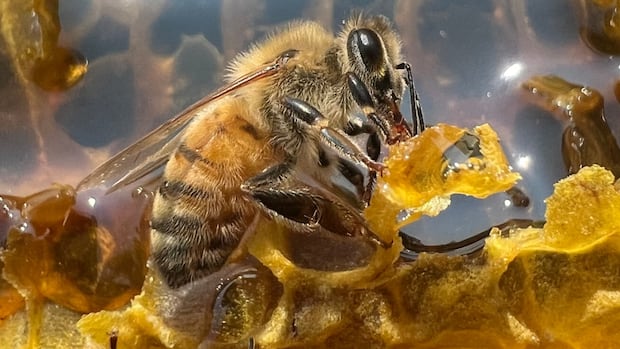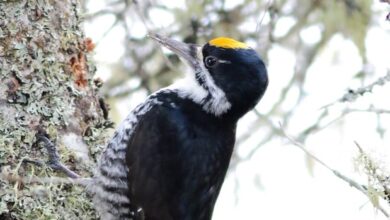These ice-loving algae may play a big role in lake health. But time is ticking to learn more

Ice diving is a thrilling and dangerous activity that some divers are undertaking in order to collect algae samples from beneath the frozen surface of lakes. While the icy exterior of a frozen lake may seem desolate and lifeless, the underwater world is teeming with microorganisms such as algae that play a crucial role in the ecosystem.
Journalist Andrew Budziak describes the underwater landscape as a surreal cathedral, with light streaming through the ice in a mesmerizing display. This hidden world has captured the attention of researchers who are racing against time to study a specific community of algae that thrives on and around the bottom of the ice during the winter months.
The research team, led by scientist Andrew Bramburger, is focused on understanding the impact of climate change on these ice-dwelling algae. The team has developed a unique method for collecting algae samples underwater, using a specially designed plexiglass dome with attached bags to gently dislodge the algae from the ice without disturbing them.
The samples collected by the diving team are being studied by researchers across North America, with initial observations suggesting that the algae living beneath the ice form a distinct community separate from those found elsewhere in the lake. This discovery is significant as it raises questions about how the loss of ice due to global warming will affect these microorganisms and the ecosystem as a whole.
As the ice cover diminishes, the algae that call it home may face challenges in adapting to a new environment. This could have far-reaching consequences on the oxygen levels and food chain within the lake, impacting the overall health of the ecosystem. Researchers are exploring the possibility of cryogenically freezing some of the samples to preserve a record of the algae in case they face extinction in a warmer climate.
Despite the risks involved in ice diving, the team remains committed to their mission of studying and protecting these unique algae communities. By shedding light on the importance of these microorganisms, they hope to raise awareness about the fragile balance of our lakes and the urgent need for conservation efforts. The beauty and mystery of the underwater world beneath the ice serve as a poignant reminder of the interconnectedness of all living organisms and the delicate harmony of nature.




